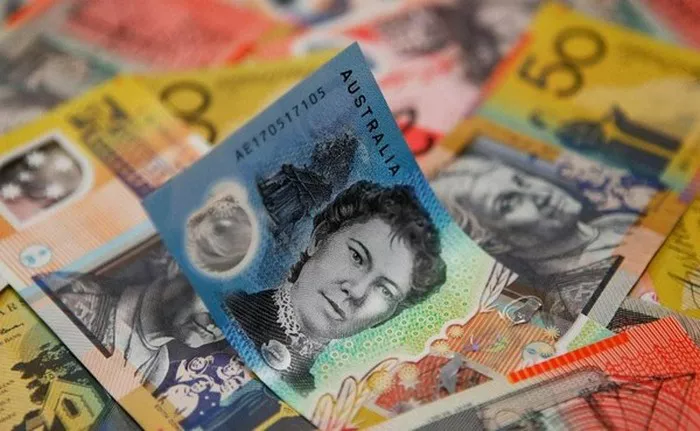In the Asian market on Tuesday, the Australian dollar/US dollar continued to consolidate and remained within the shock range of the past week or so. AUD/USD held steady around 0.6435-0.6430, with little movement following the release of minutes from the Reserve Bank of Australia’s September monetary policy meeting.
The RBA did consider raising interest rates by 25 basis points, but with recent data not materially changing the economic outlook, the case for holding on is stronger. The minutes of the meeting further showed that the Reserve Bank of Australia is still prepared to further tighten policy if inflation is more persistent than expected. Due to the lack of new hawkish signals, the meeting minutes had little impact on the Australian dollar and did not bring significant boost to the AUD/USD after market speculation that the Reserve Bank of Australia may have ended its interest rate hike cycle.
On the other hand, the U.S. dollar remains on the defensive below last week’s six-month highs, providing some support to the AUD/USD pair. Ahead of this week’s interest rate decisions from major central banks, including the Federal Reserve (Fed), traders seem reluctant to make aggressive directional bets, preferring to wait and see. The Federal Reserve is set to announce the results of its two-day policy meeting on Wednesday and is widely expected to keep interest rates unchanged at 5.50%.
However, investors appear confident that the Fed will stick to its hawkish stance and have priced in the possibility of another 25 basis point rate hike before the end of the year. In addition, the resilience of upcoming U.S. macro data, coupled with still-firm inflation, should allow the Fed to maintain higher interest rates for longer. Therefore, the Fed’s monetary policy statement will remain the focus of market attention. In addition, comments by Federal Reserve Chairman Powell will also be closely watched for clues about the path of future interest rate increases.
This in turn will therefore have a key impact on near-term USD price dynamics and provide new directional momentum for AUD/USD. At the same time, hawkish expectations from the Federal Reserve still support rising U.S. bond yields, which is beneficial to U.S. dollar bulls, indicating that AUD/USD has minimal downside resistance. This, in turn, suggests that apparent gains in AUD/USD may still be viewed as a shorting opportunity, and that this opportunity may disappear quickly.


